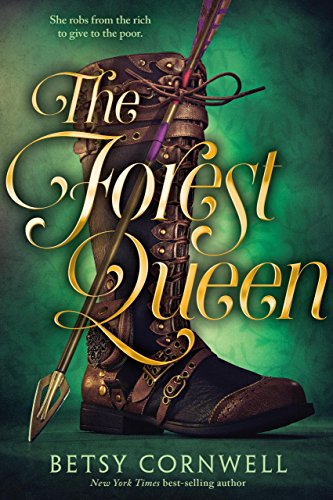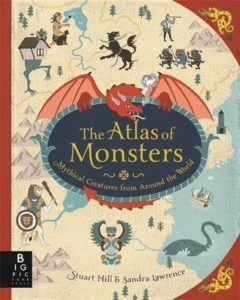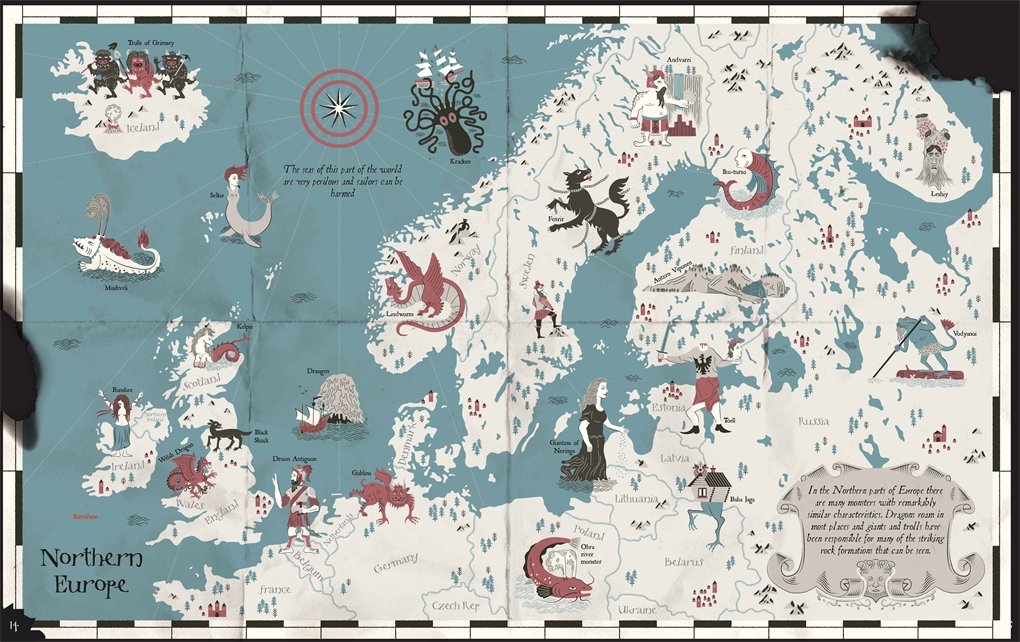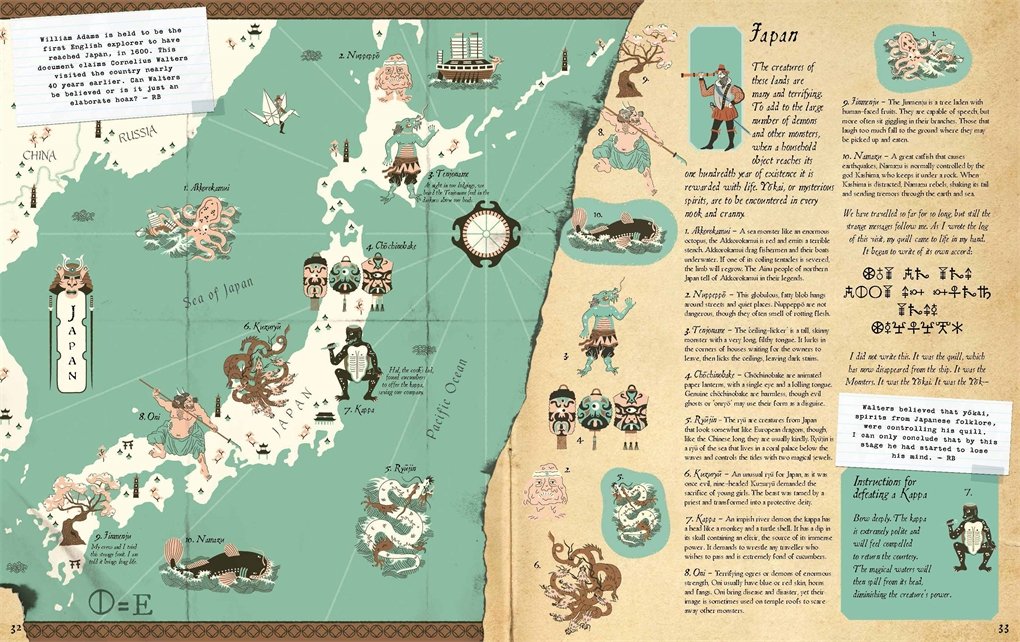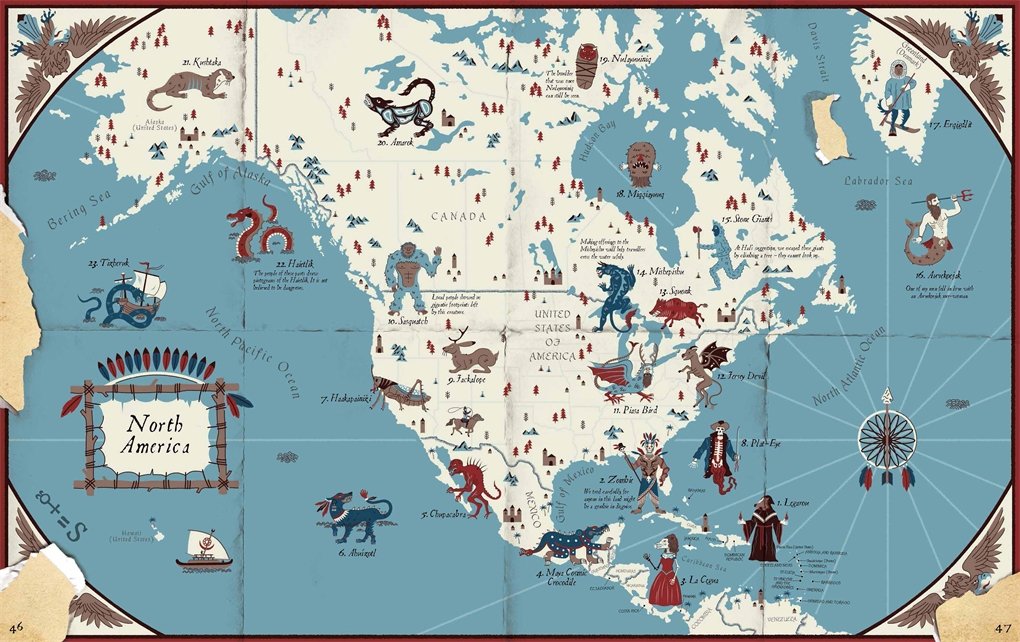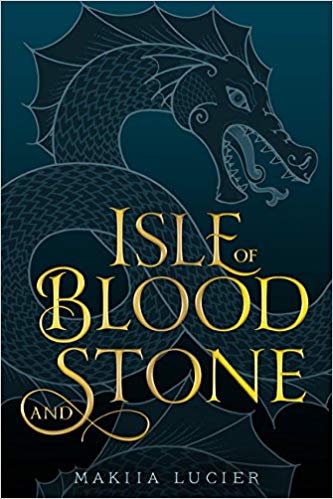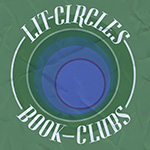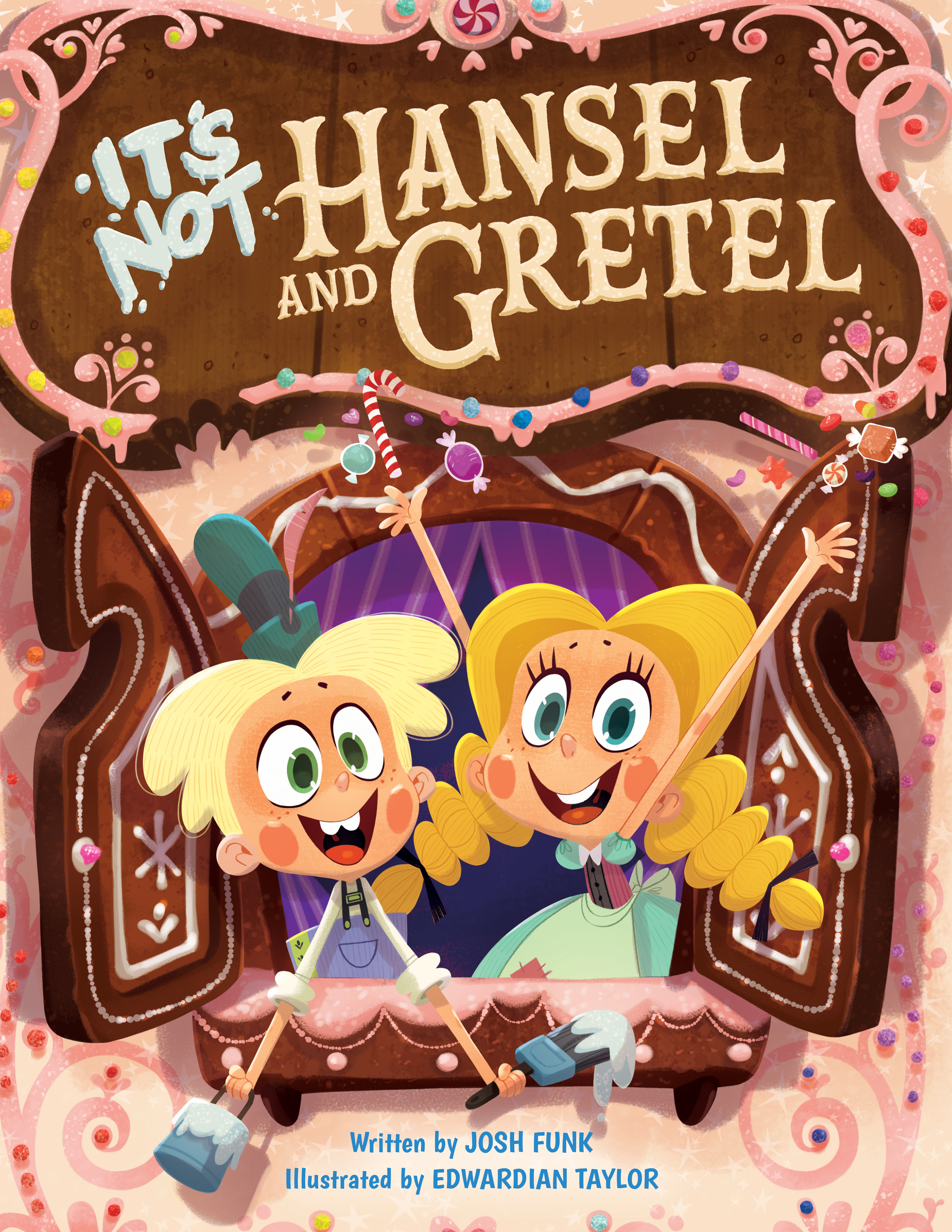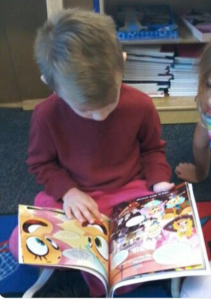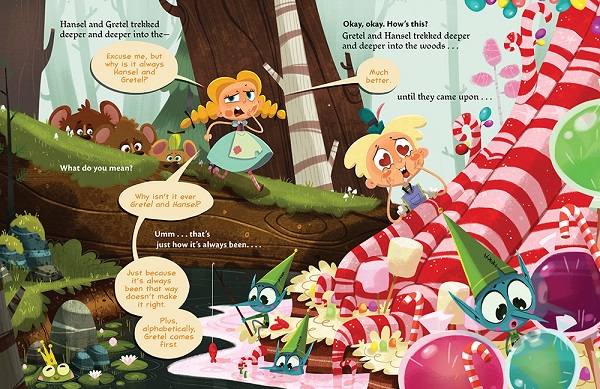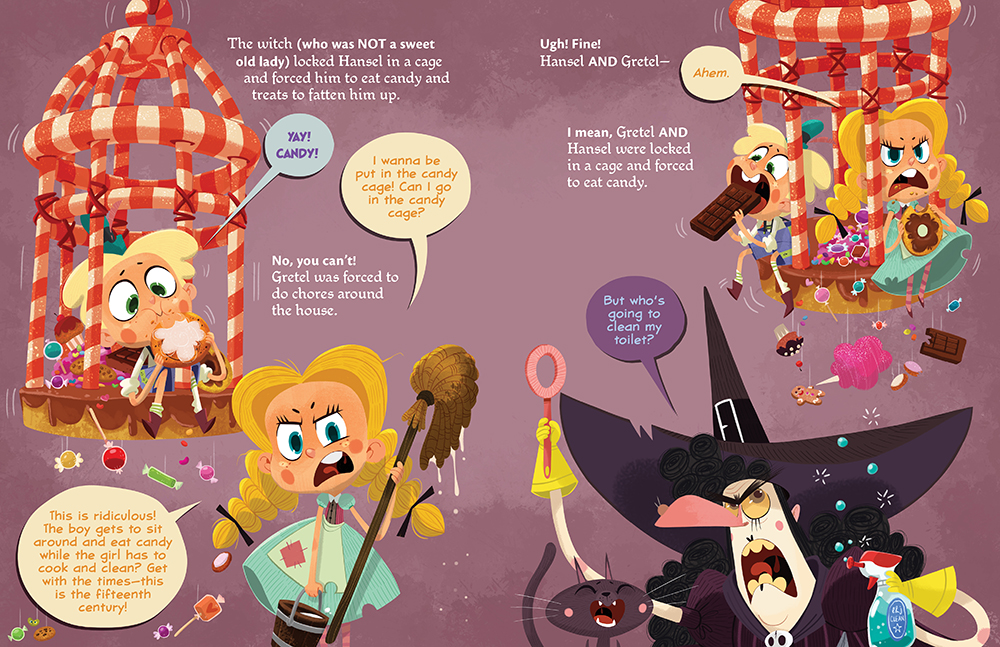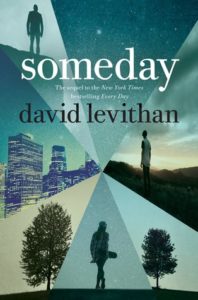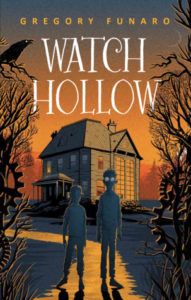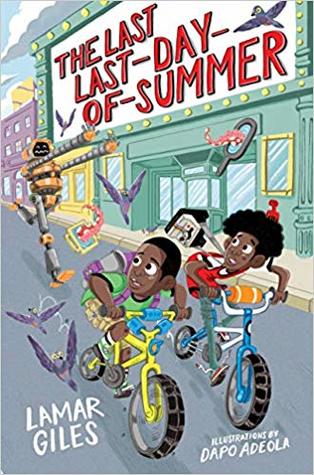
The Last Last-Day-of-Summer
Author: Lamar Giles
Published: April 2, 2019 by Versify
Summary: The Hardy Boys meets The Phantom Tollbooth, in the new century! When two adventurous cousins accidentally extend the last day of summer by freezing time, they find the secrets hidden between the unmoving seconds, minutes, and hours are not the endless fun they expected.
Otto and Sheed are the local sleuths in their zany Virginia town, masters of unraveling mischief using their unmatched powers of deduction. And as the summer winds down and the first day of school looms, the boys are craving just a little bit more time for fun, even as they bicker over what kind of fun they want to have. That is, until a mysterious man appears with a camera that literally freezes time. Now, with the help of some very strange people and even stranger creatures, Otto and Sheed will have to put aside their differences to save their town—and each other—before time stops for good.

About the Author: Lamar Giles is a well-published author and a founding member of We Need Diverse Books. Lamar has two novels forthcoming in 2019: his debut middle grade fantasy The Last Last-Day-of-Summer (Versify / HMH) and his fourth YA thriller Spin (Scholastic).
Lamar Giles is a two-time Edgar Award finalist in the YA category, for his debut YA thriller Fake ID (HarperCollins, 2014), and his second YA thriller, Endangered (HarperCollins, 2015). His third YA thriller, Overturned (Scholastic, 2017) received this glowing New York Times review, and was named a Kirkus Best Book of 2017. You can see the book trailer for Overturned here. FAKE ID has been optioned by Sony Pictures.
Lamar is a contributor to the YA anthology Three Sides of a Heart (HarperCollins, 2017), the editor of the We Need Diverse Books YA short story anthology Fresh Ink (Random House 2018), a contributor to the forthcoming YA anthology Black Enough: Stories of Being Young & Black in America (HarperCollins / Balzer & Bray 2019), and a contributor to a forthcoming We Need Diverse Books middle grade anthology The Hero Next Door (Random House 2019). He has published several short stories for adults. You can see tv interviews with Lamar here, and here, and here, and in a truly fun “Fun Facts” short interview, created by HarperCollins.
Lamar Giles — About the Book: “I’ve spent a lot of time talking with kids and their parents as I’ve crisscrossed the country on my writing journey,” says Giles. “Parents are looking for books to ignite a love for reading in their children, and kids are looking for fun books. I swore that if I ever had the chance to put a book full of words I’d written in the hands of a young reader they’d be the kinds of stories that drew them in willingly, entertained them, opened portals that they’d get lost in for hours. Every day I approach the blank page hoping I can write the One Book that makes all the difference in some reader’s life. I hope that The Last Last-Day-Of-Summer is that book for at least a few children.”
Praise:
“The Last Last-Day-of-Summer reminds me that all children deserve to exist in magical spaces where their imaginations and familial bonds will them into heroism. Every single child should have the freedom to be one of The Legendary Alstons. And I, for one, am grateful to Giles, and this brilliant story, for that reminder.”
– Jason Reynolds, author of Newbery Honoree Long Way Down
“The legendary heroes of this legendary book are already legendary when the story begins! From there things can only get legendary-er!”
– Tom Angleberger, author of the Origami Yoda series
“Lamar Giles has written an instant classic – readers won’t want their time with the Legendary Alston Boys of Logan County to end.”
– Gwenda Bond, author of the Lois Lane series
Ricki’s Review: Can I go on an adventure with Otto and Sheed? This pair is full of excitement, and it made me want to leap into the book to join them in their sleuthing. I loved the concept of freezing time, and I giggled as they interacted with characters who were frozen in time. This book will set children’s minds into imaginative wonder, and it will spurn creativity. Objects are personified in exciting ways, and it just tilts reality on its head. I don’t read a lot of middle grade texts, but this one was particularly fun. I am looking forward to reading this to my sons when they are a tiny bit older.
Kellee’s Review: What a fun book! Let me count the ways: 1) robots; 2) time travel; 3) mysterious evil person; 4) giant platypus-like creatures; 5) flying cars; 6) giant fly paper; 7) monsters trapped in mirrors; 8) frozen time; etc. etc. So much is going on in this book that makes it so engaging. Take all of this and pair it with a cousin team who solve mysteries in their slightly-off county that now have the fate of everyone they know and love on their shoulders, and you have a book that is going to be a favorite!
I also would love to talk about the theme! However, I cannot talk about the theme. (I know–a tease!) The theme is part of the big reveal at the end. But I want to vaguely say that it is a theme that so many kids need to hear and we, as adults, need to talk to them about. (Though–even with this important theme, the book’s main pull is its just pure, fun adventures!)
Teachers’ Tools for Navigation: Teachers might use this book to encourage students to shift reality in a bit. They might begin by brainstorming possibilities of objects to personify in the world or constants to disrupt (e.g. time). This allows for very creative and fun storytelling possibilities!
The text is also a wonderful one to practice prediction and spotting foreshadowing! As you read the text aloud, have students stop you when they think they have spotted a clue to the mystery and also make predictions between chapters about what is going to happen (don’t forget to check the predictions!).
Discussion Questions:
- What was your favorite part of Otto and Sheed’s adventure?
- How are Otto and Sheed alike? Different?
- How do you think these comparisons/contrasts help make them a good team?
- After each chapter make a prediction. Check your predictions throughout the book.
- What events in the book caused other events to happen?
- Look particularly at how time traveling affected the timeline.
- What literary devices did Giles use that were particularly effective for you?
- This book contains a fast-moving plot and exciting adventure. But it also contains depth in its themes and lessons. What did you learn? What would you apply to your own life?
Flagged Passage:
“‘Well, hello, young men!’
Otto spun at the sound of the new voice. Sheed hinged up at his waist, shielding his eyes with one had and squinting into the sunlight. The approaching silhouette was string-bean slim and taller than most, thanks to the stovepipe hat propped crookedly on his head. He stepped quickly, his skinny arms and legs whipping him forward with almost boneless ease. Tipping his head toward them, the hat’s brim slashed a shadow across his face, dividing it diagonally, leaving a single crystal blue eye, half a nose, and a split grin visible.
‘Who are you?’ Sheed said, getting his feed under him.
Otto, shorter and wider than his cousin, gravitated to Sheed’s side. Both of them angled slightly away from each other for a better view of their flanks, in case something dangerous tried to sneak up on them Maneuver #24.
‘I’m a fan!’ The man offered his hand. ‘You two are the Legendary Alston Boys of Logan County, correct?’
Otto relaxed. ‘Yeah. We are!’
‘You all dispersed the Laughing Locusts before they devoured the county crops!’ he said. ‘You solved the Mystery of the Woman in Teal!’
Sheed stiffened. ‘How do you know that?’
‘Doesn’t everyone in Logan County know you two?’
Yes, Otto thought, proud of their reputation, they do!
Sheed, always a killjoy, said ‘You’re not from Logan County.'” (Chapter 2)
Read This If You Love: The Missing Piece of Charlie O’Reilly by Rebecca Ansari, The Night Door by Frank Cammuso, The Explorers series (#1, #2) by Adrienne Kress, Watch Hollow by Gregory Funaro, Coraline by Neil Gaiman
Recommended For:
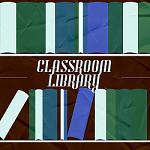

 and
and
